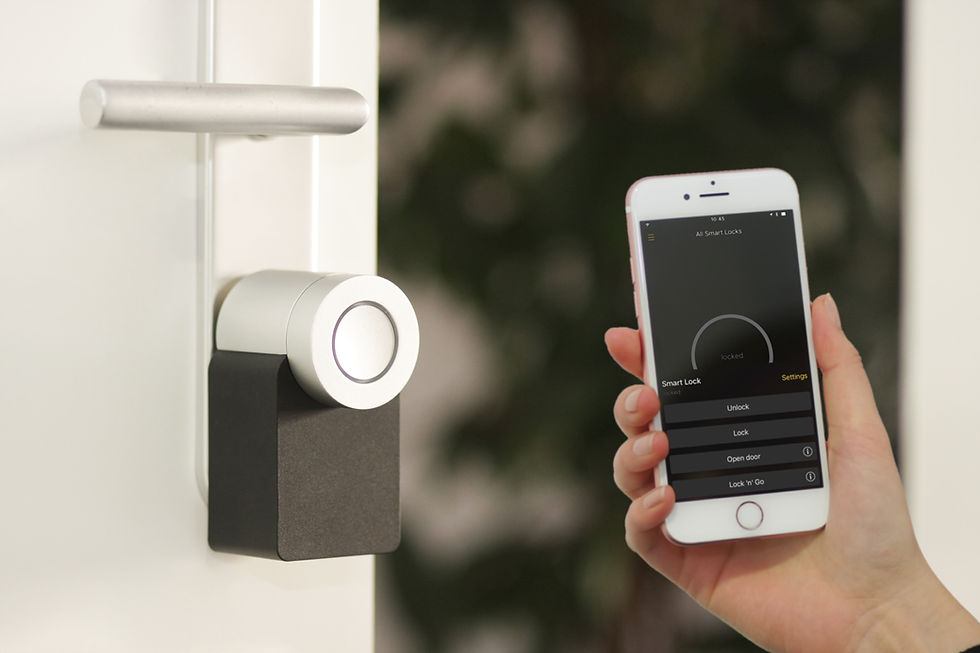Assistive Devices: Stylish or Unattractive?
- Richard Duncan

- Jan 8, 2021
- 2 min read
Updated: Jan 15, 2021
By Jill Meyerson - UX Researcher
When you’re shopping for something, would you prefer to buy a product that is stylish or unattractive? Most people would say “Of course, I’d prefer stylish, as long as the product works as well as the unattractive one.” So, when shopping for assistive devices to help us lead better lives, why is it so hard to find something attractive?
Currently, most designers of assistive devices focus primarily on functionality. The style seems to be only slightly important if considered at all. But style is important. It’s part of how we feel about ourselves. Beautiful things make us happy! The good news is that companies are slowly beginning to realize that customers want functional and attractive assistive devices.
Though these products are difficult to find, we had success. We found a sleek device called a rollator that helps with walking across smooth and more uneven terrain. The rollator, created by byACRE, is very light, easy to fold-up, and comes in cream, black, and bright red.

This is similar to the zippy-looking three and four-wheeled scooters that are targeted at older adults and have seen explosive growth over the past 20 years.

In the protective headgear category, we found a company called Opti-Cool Headgear that has lightweight, comfortable, and customizable helmets. Highly versatile, the helmets help protect people of all ages with sensory and balance problems. They can safeguard people playing sports and toddlers taking first steps. With optional cooling gel packs, they can also relieve pain from migraines.

There is even an option to design your own helmet! You can make it as stylish as you like by choosing the background color and adding your name or a graphic to your helmet. If Opti-Cool doesn’t have a graphic in your style, you can even send them your own design!
After finding stylish mobility devices and protective helmets, we also discovered beautiful handholds that serve the same function as grab bars. Designed by Invisia, the tasteful and inconspicuous handholds are an effective “bridge” product, providing a middle point between having no assistive support and using traditional grab bars.

These handholds can add real safety to bathroom use, while not being off-putting and stigmatizing, assuring wider adoption by those who aren’t seriously disabled, but still need the extra support. Well-designed in form and function, this is a safety product to be proud of and rely on – a needed support to add to your home and prevent injury, before it’s too late.
These products are great examples of companies who are listening to their customers. They realize that beauty is appreciated, no matter one’s ability. We hope that other companies will soon realize this, too. Imagine the reality of having more colors, styles, shapes, and materials to choose from. Think of the help these products provide and the pleasure they can bring into our lives. Let’s hope this comes soon!
A little about Jill Meyerson: User Experience Researcher. Laser-focused on understanding people. Walks miles in their shoes. Asks questions, listens, learns. Passionate about using research to help create inclusive products and experiences that benefit people of all ages and abilities.



Comments